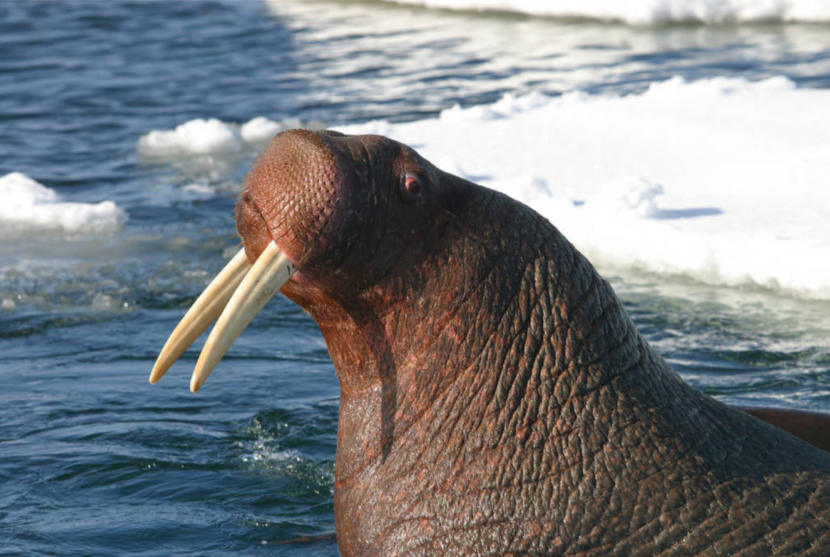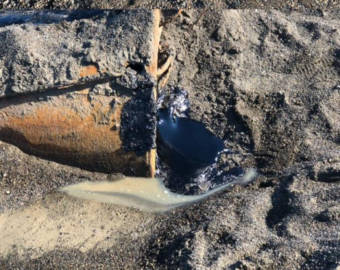
The U.S. Ninth Circuit Court of Appeals ruled Thursday that the Trump administration was wrong to reverse protections for the Pacific walrus. The ruling will force federal agencies to reconsider what protections are warranted for the species as their ocean habitat warms.
The ruling comes more than a decade after the Center for Biological Diversity, a conservation group, first petitioned the U.S. Fish and Wildlife Service to list the walrus as endangered or threatened. In 2008, attorneys for the Center said that oil and gas development threatened the species, as did the melting of sea ice that walruses use for habitat.
Emily Jeffers, an attorney for the Center, says that in 2011, during the Obama administration, the federal agency initially agreed with the petition, but was too busy to take action on it.
“And then six years later in 2017, the Trump administration found that the species did not warrant listing under the Endangered Species Act,” Jeffers said.
One of the factors in measuring threats to the walrus is what constitutes a problem in the immediate future.
In the Obama administration’s original 2011 ruling, scientific models predicted substantial sea ice loss by the year 2100, causing walrus population declines.
In its reversal, the Trump administration said 2060 was a better timeline to measure the immediate future of walrus sea ice habitat. And while Fish and Wildlife acknowledged that the species was in danger of losing that habitat, the agency said it didn’t believe the risk was at a level warranting federal protections.
In their lawsuit, Jeffers and the Center for Biological Diversity said the Trump administration didn’t fully explain its justification for changing the timeline from 2100 to 2060. And in a 20-page ruling Thursday, the court agreed.
“The court said, ‘Fish and Wildlife Service, you did one thing in 2011, you did another thing in 2017,’” Jeffers said. “‘That’s the hallmark of agency decision-making, that you have to explain the reasons why you’re doing something. And here you just didn’t explain what you were doing.’”
The Pacific walrus remains a subsistence staple in Arctic Alaska Native communities, which harvest an estimated 5,300 walruses annually. Endangered Species Act protections for the species, if adopted, would not affect subsistence hunting for Alaska Natives. Jeffers says that while subsistence hunts have the potential to threaten the Pacific walrus, that risk is small.
“Climate change and sea ice loss is overwhelmingly the main threat to the species, not subsistence harvests,” Jeffers said.
With the new ruling, Jeffers says the Biden administration will have to reassess whether the Pacific walrus should be listed as threatened or endangered. She says the Center for Biological Diversity is confident that the agency will boost protections.
“I think that when they do have to go back and reexamine their decision, we’re very confident that they’ll find that the walrus warrants protection under the Endangered Species Act because the science overwhelmingly supports that,” Jeffers said.
If listed, the federal government would also have to designate critical habitat deemed essential to the species.



